AVH-56 Bleistein R-1e
Assault Rigid Frame (*Helicopter-based Tiltjet)
Configuration: Heavy Antimech
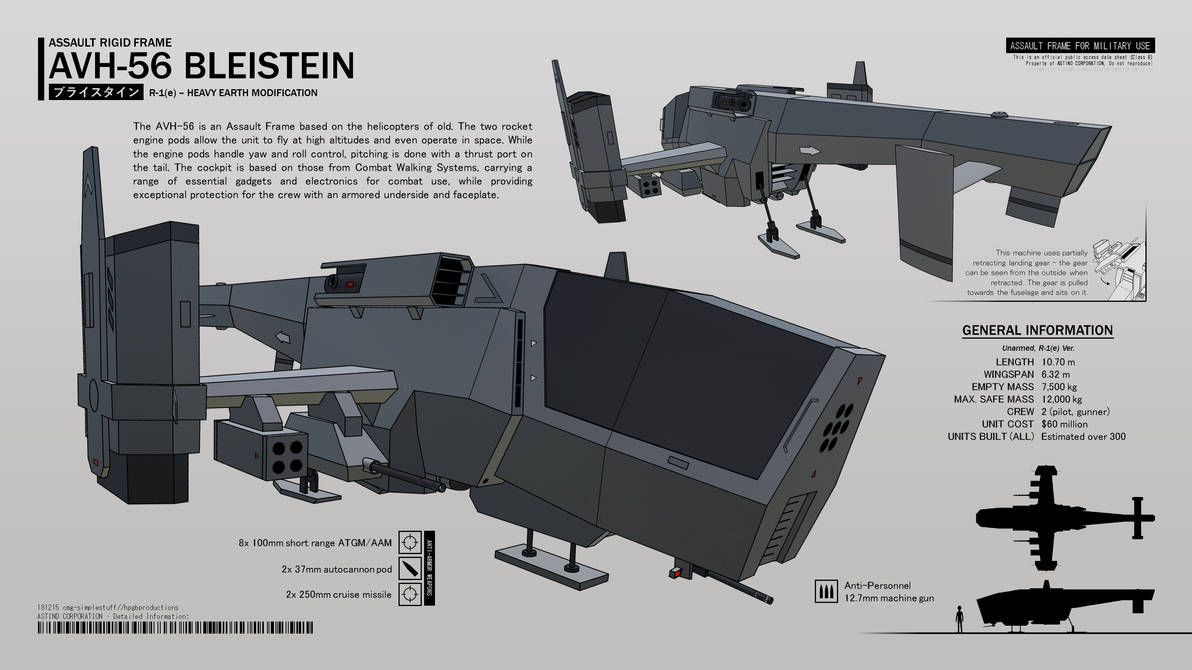
DeviantArt post (ft. aerodynamics discussion)
--- USER MANUAL ---
CONTROLS:
Normal Flight Controls.
VTOL - Engine Pitch
AG1 - Downward Thrust (useless)
AG3 - Launch Cleavers
AG8 - Gyro Stabilisation
--- End USER MANUAL ---
The AVH-56 is a twin-engined Rigid Frame for surface and ship assault operations. The system brings heavy weapons with a relatively simple structure - a long fuselage with two weapon wingstubs.
The unit is part of a class designed to replace the older class of Attack Helicopters with more powerful weapons and powerplants. It incorporates Combat Walking System technology in the cockpit and general construction of the unit to produce a more advanced combat machine.
INFORMATION:
Length: 10.70 m
Wingspan: 6.32 m
Height (engines vertical): 3.38 m
Empty Mass: 7,500 kg
Max Speed (Earth): 430 km/h
Crew: 2
While alternative machines with similar uses were available, the AVH-56 had better survivability and a higher speed.
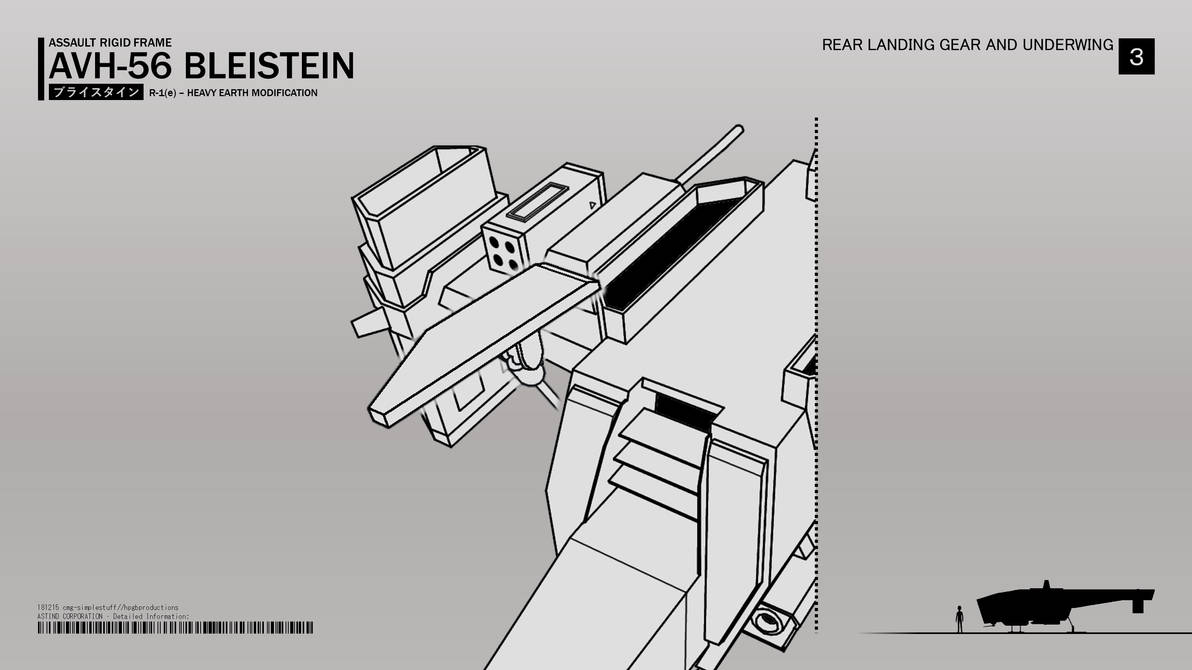
Unique semi-retracted landing gear.
ARMAMENT
The AVH-56 can support a wide range of light weapons and additional equipment. While most units had two hardpoints on each wing, a few which had one heavier, Walker-standard, hardpoint on the wing instead were produced. All AVH-56 units have a flat underside which could be used to hold more weapons, or a specific electronic warfare unit.
R-1, Heavy Antimech - All weapons can be set to be operated by either crew member.
Primary Armament: 8x 100mm multipurpose missile. Maximum range of 4,800 meters (3.0 miles). Outer wing.
Primary Armament: 2x 37mm autocannon pod. Inner wing.
Secondary Armament: 2x long range combined ordinance cruise missile. Maximum range of 16,000 meters (10 miles). Underside.
Anti-Infantry Armament: 1x 12.7mm machine gun. Free rotation (*), typically only controlled by co-pilot. Front, under cockpit.
Support Equipment: Radar in tail.
PRODUCTION AND SALES
AVH-56 units were produced in a built-to-order scheme, but with some additional parts like the engines and radar that were made in advance.
An estimated 300 units were produced. The AVH-56 was popular due to the low cost and ease of maintenance, even though drone and legged alternatives were available.
Units can only be purchased by militaries and other government organisations, or paramilitary organisations with no criminal affliation or history. Organisations can have access to various weapons depending on background checks.
Around the end of the 2080s, when the AVH-56 became too underpowered compared to other machines by ASTIND. Corporation and other companies, the Frames were produced again, as a variety of civilian variants.
Specifications
Spotlights
- spefyjerbf 6.6 years ago
General Characteristics
- Predecessor !ravh-bk
- Successors 1 airplane(s) +7 bonus
- Created On Android
- Wingspan 20.7ft (6.3m)
- Length 35.1ft (10.7m)
- Height 11.1ft (3.4m)
- Empty Weight N/A
- Loaded Weight 14,881lbs (6,750kg)
Performance
- Power/Weight Ratio 1.132
- Wing Loading 158.0lbs/ft2 (771.5kg/m2)
- Wing Area 94.2ft2 (8.8m2)
- Drag Points 11358
Parts
- Number of Parts 465
- Control Surfaces 0
- Performance Cost 1,379

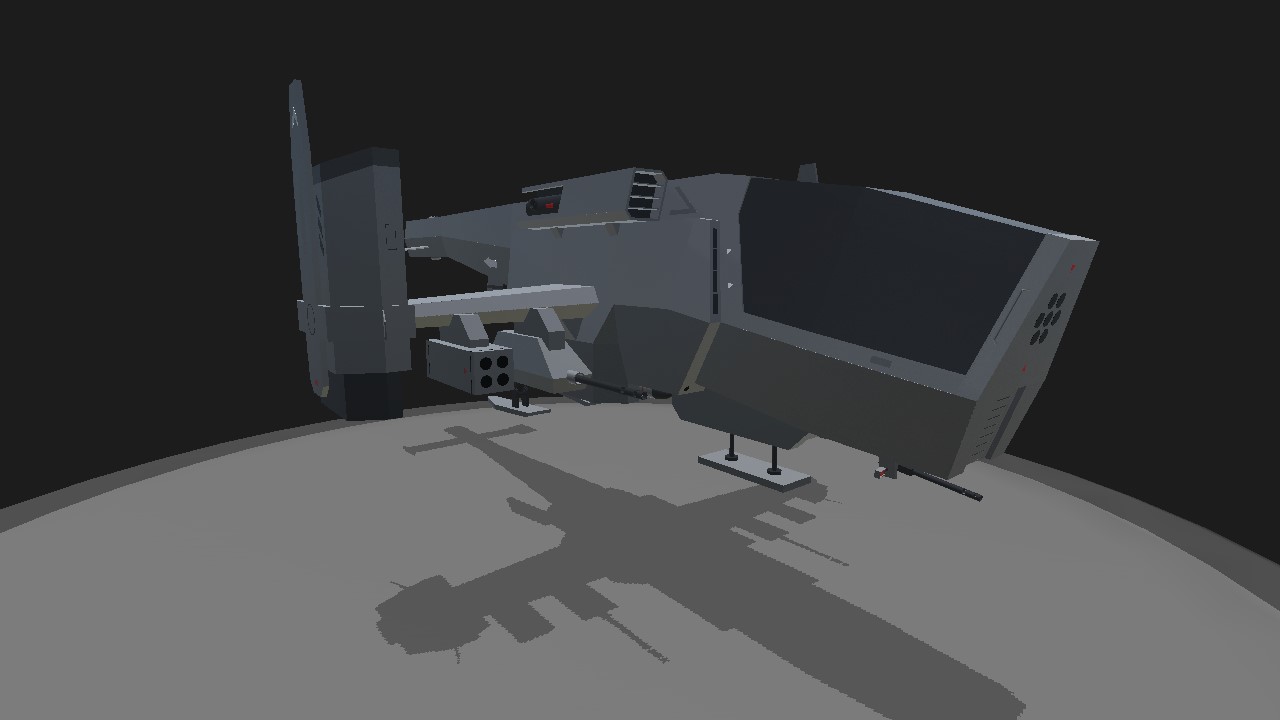

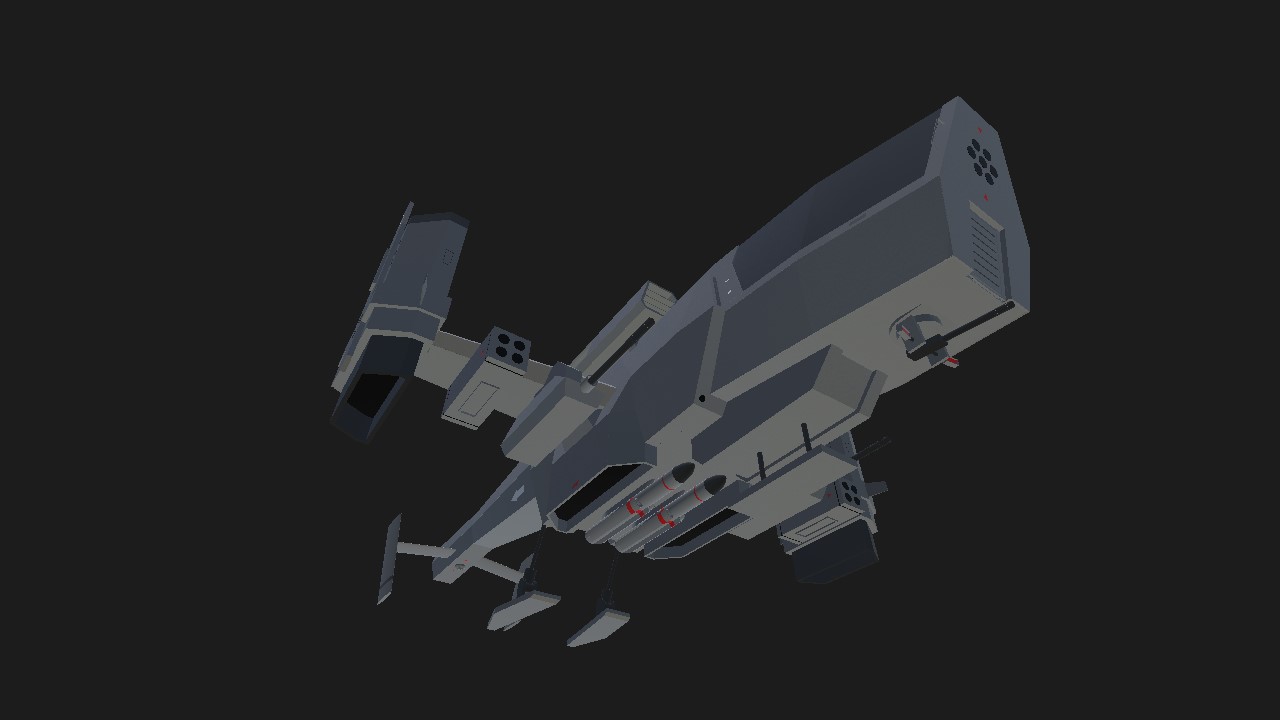
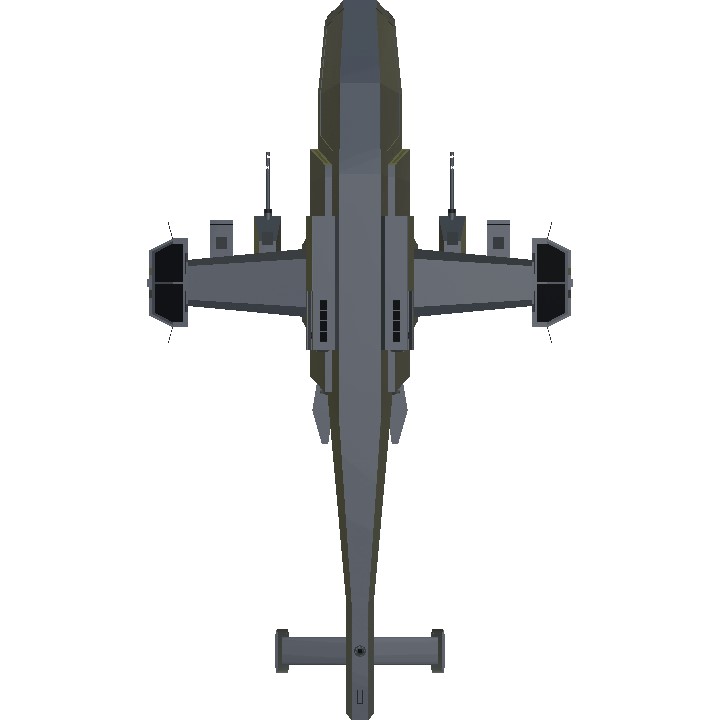
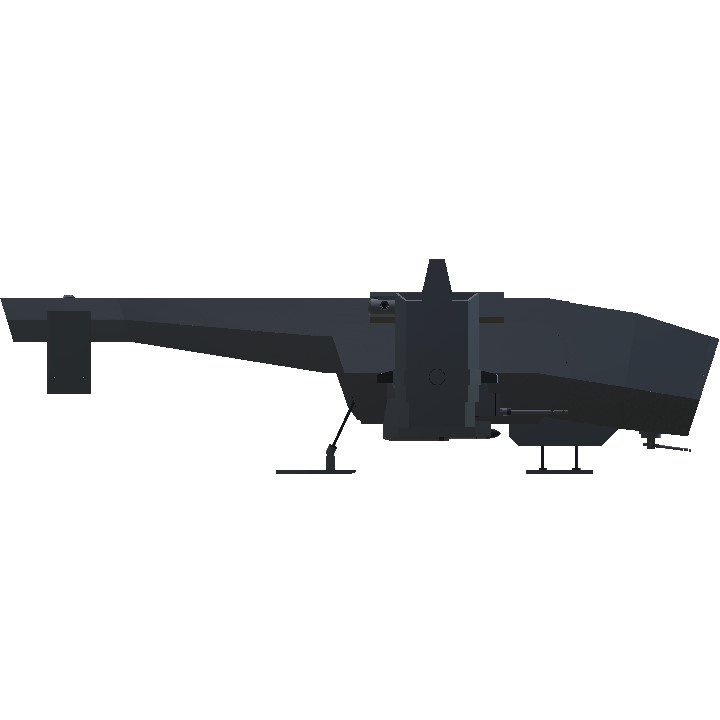
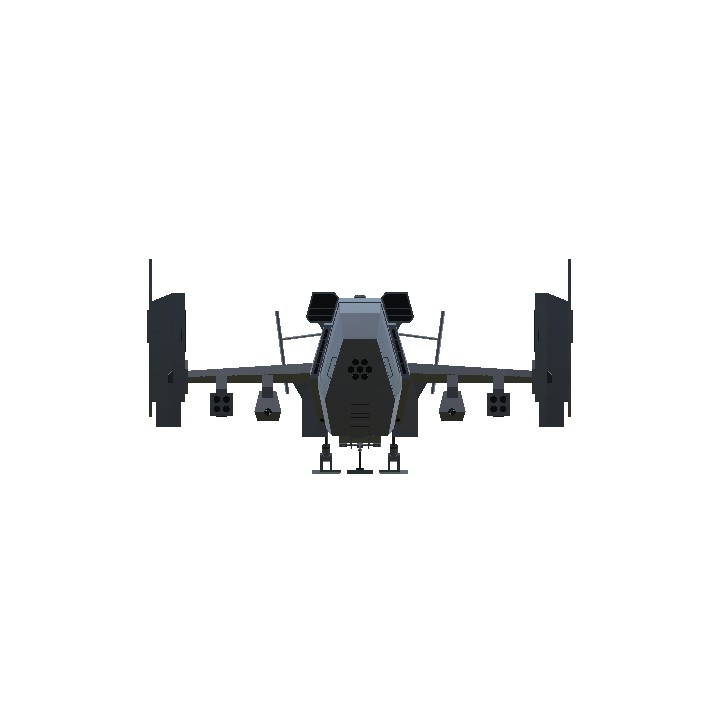
Beautiful,one of the best.
IT IS F**KING PERFECT!! I LOVE THIS BUILD!!
@ThomasRoderick
- ok, changed the class to tiltjet
- i intended to have extra lift engines in the bottom inlets for full forward flight but scrapped the idea
Technically speaking, this is not a helicopter due to its lack of rotors... It should be considered as a tiltjet, given the wingtip engines. On the same vein, I'm quite sure this thing have more than two engines, given the amount of intakes and nozzles...
Awesome!
Clean design and wonderful presentation. You posted at an odd time - perhaps a spotlight will help with that.